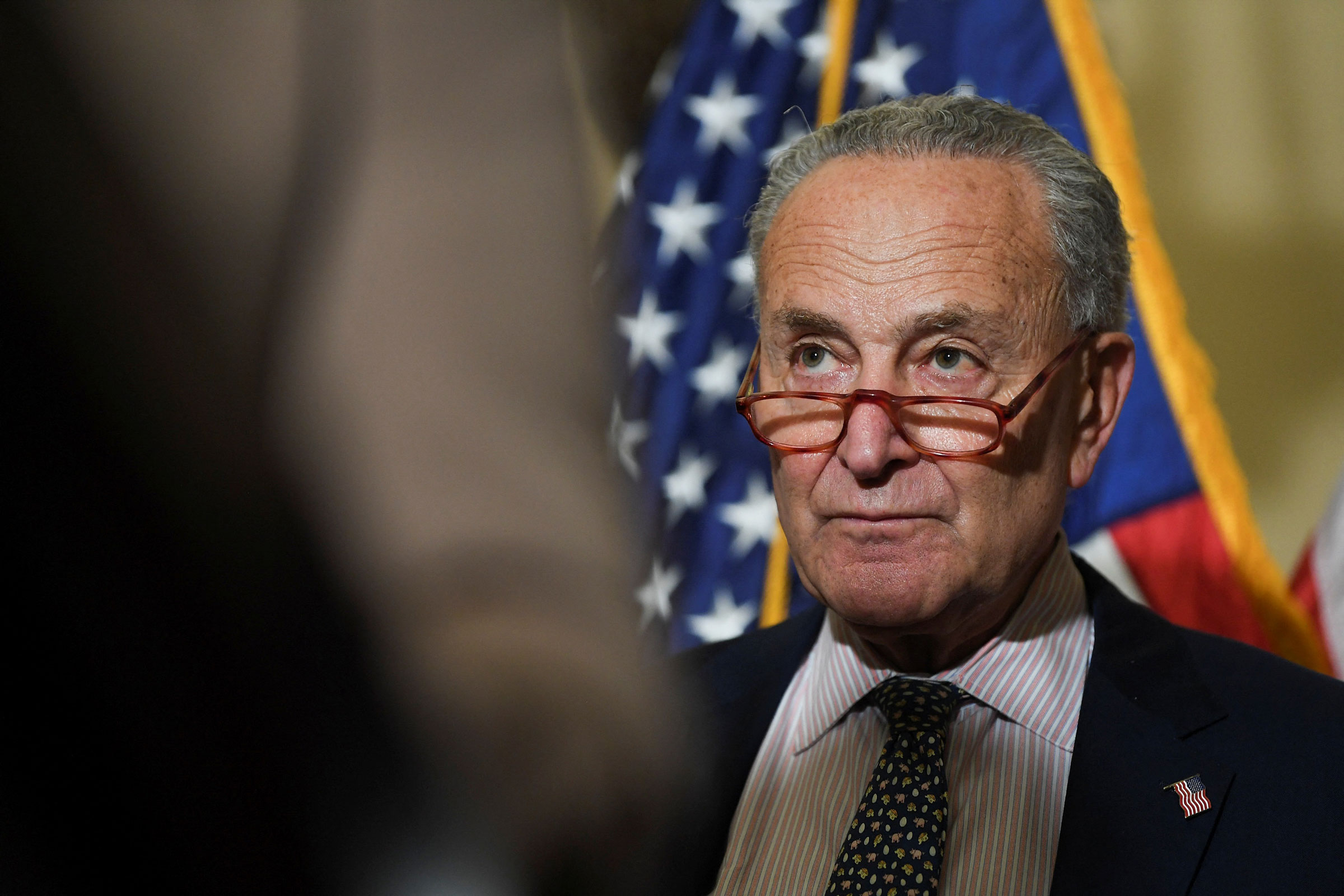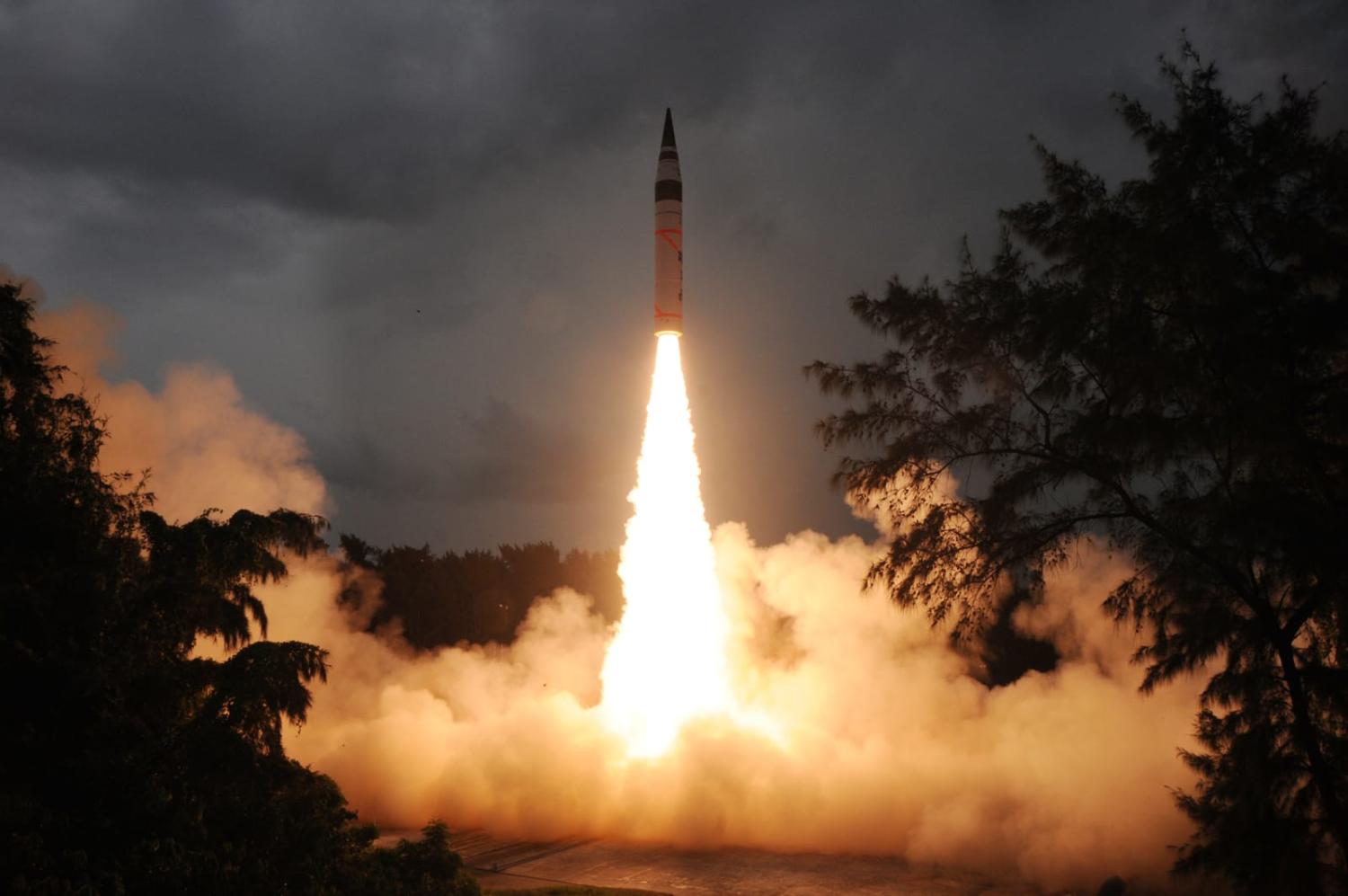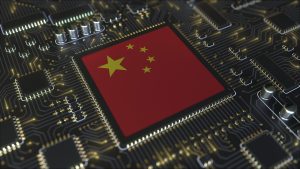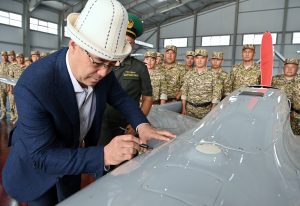John Ismay and Thomas Gibbons-Neff

WASHINGTON — Ukrainian troops fire thousands of explosive shells at Russian targets every day, using high-tech cannons supplied by the United States and its allies. But those weapons are burning out after months of overuse, or being damaged or destroyed in combat, and dozens have been taken off the battlefield for repairs, according to U.S. and Ukrainian officials.
A third of the roughly 350 Western-made howitzers donated to Kyiv are out of action at any given time, according to U.S. defense officials and others familiar with Ukraine’s defense needs.
Swapping out a howitzer’s barrel, which can be 20 feet long and weigh thousands of pounds, is beyond the capability of soldiers in the field and has become a priority for the Pentagon’s European Command, which has set up a repair facility in Poland.
Western-made artillery pieces gave Ukrainian soldiers a lifeline when they began running low on ammunition for their own Soviet-era howitzers, and keeping them in action has become as important for Ukraine’s allies as providing them with enough ammunition.
















